�
Digital Image Processing
Second Edition
Problem SolutionswStudent Set
Rafael C. Gonzalez
Richard E. Woods
Prentice Hall
Upper Saddle River, NJ 07458
www.prenhall.com/gonzalezwoods
or
www.imageprocessingbook.com
�
ii
Revision history
10 9 8 7 6 5 4 3 2 1
Copyright c°19922002 by Rafael C. Gonzalez and Richard E. Woods
�
1 Preface
This abbreviated manual contains detailed solutions to all problems marked with a star
in Digital Image Processing, 2nd Edition. These solutions can also be downloaded from
the book web site (www.imageprocessingbook.com).
�
�
2 Solutions (Students)
Problem 2.1
The diameter, x, of the retinal image corresponding to the dot is obtained from similar
triangles, as shown in Fig. P2.1. That is,
(d=2)
0:2
(x=2)
0:014
=
which gives x = 0:07d. From the discussion in Section 2.1.1, and taking some liberties
of interpretation, we can think of the fovea as a square sensor array having on the order of
337,000 elements, which translates into an array of size 580 £ 580 elements. Assuming
equal spacing between elements, this gives 580 elements and 579 spaces on a line 1.5
mm long. The size of each element and each space is then s = [(1:5mm)=1; 159] =
1:3£ 10¡6 m. If the size (on the fovea) of the imaged dot is less than the size of a single
resolution element, we assume that the dot will be invisible to the eye. In other words,
the eye will not detect a dot if its diameter, d, is such that 0:07(d) < 1:3 £ 10¡6 m, or
d < 18:6 £ 10¡6 m.
Figure P2.1
�
4
Chapter 2 Solutions (Students)
Problem 2.3
¸ = c=v = 2:998 £ 108(m/s)=60(1/s) = 4:99 £ 106m = 5000 Km.
Problem 2.6
Problem 2.9
Problem 2.11
One possible solution is to equip a monochrome camera with a mechanical device that
sequentially places a red, a green, and a blue pass filter in front of the lens. The strongest
camera response determines the color.
If all three responses are approximately equal,
the object is white. A faster system would utilize three different cameras, each equipped
with an individual filter. The analysis would be then based on polling the response of
each camera. This system would be a little more expensive, but it would be faster and
more reliable. Note that both solutions assume that the field of view of the camera(s) is
such that it is completely filled by a uniform color [i.e., the camera(s) is(are) focused on
a part of the vehicle where only its color is seen. Otherwise further analysis would be
required to isolate the region of uniform color, which is all that is of interest in solving
this problem].
(a) The total amount of data (including the start and stop bit) in an 8bit, 1024 £ 1024
image, is (1024)2 £ [8 + 2] bits. The total time required to transmit this image over a
At 56K baud link is (1024)2 £ [8 + 2]=56000 = 187:25 sec or about 3.1 min. (b) At
750K this time goes down to about 14 sec.
Let p and q be as shown in Fig. P2.11. Then, (a) S1 and S2 are not 4connected because
q is not in the set N4(p)u (b) S1 and S2 are 8connected because q is in the set N8(p)u
(c) S1 and S2 are mconnected because (i) q is in ND(p), and (ii) the set N4(p) \ N4(q)
is empty.
�


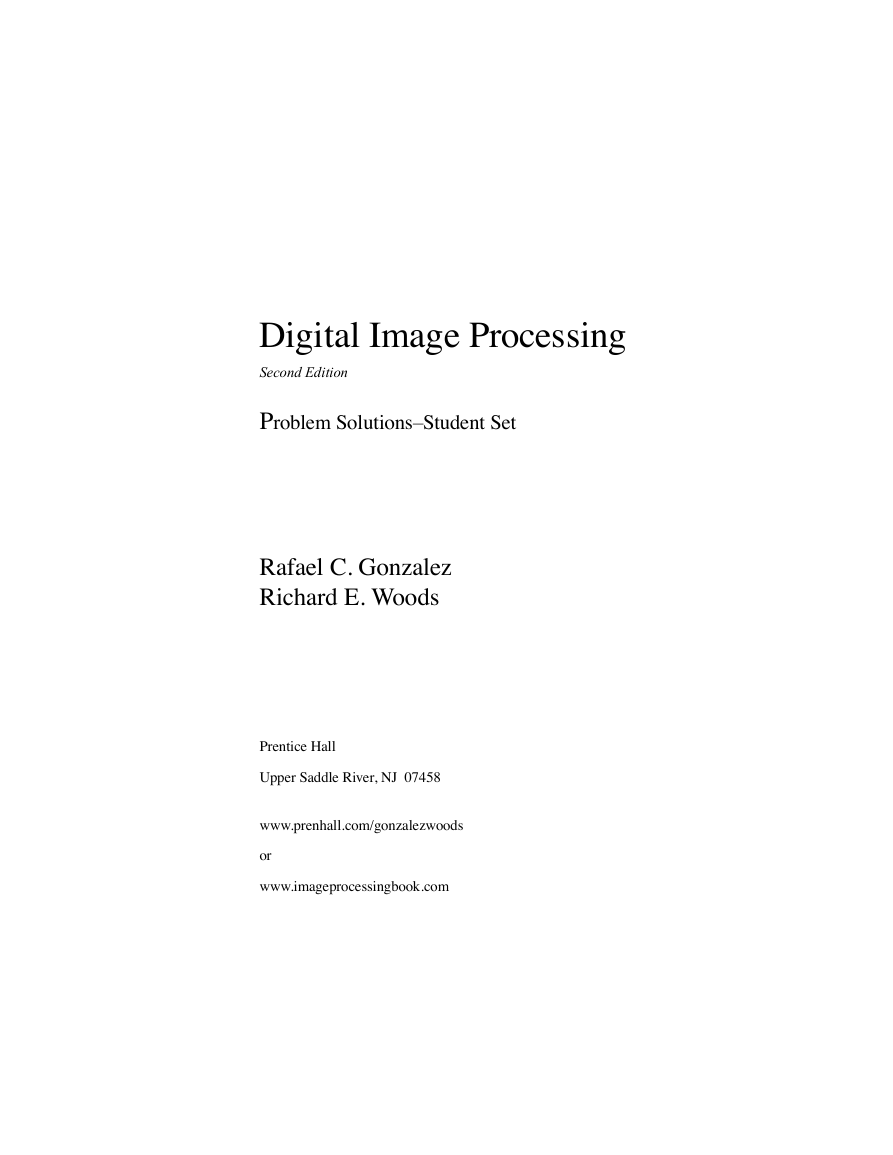
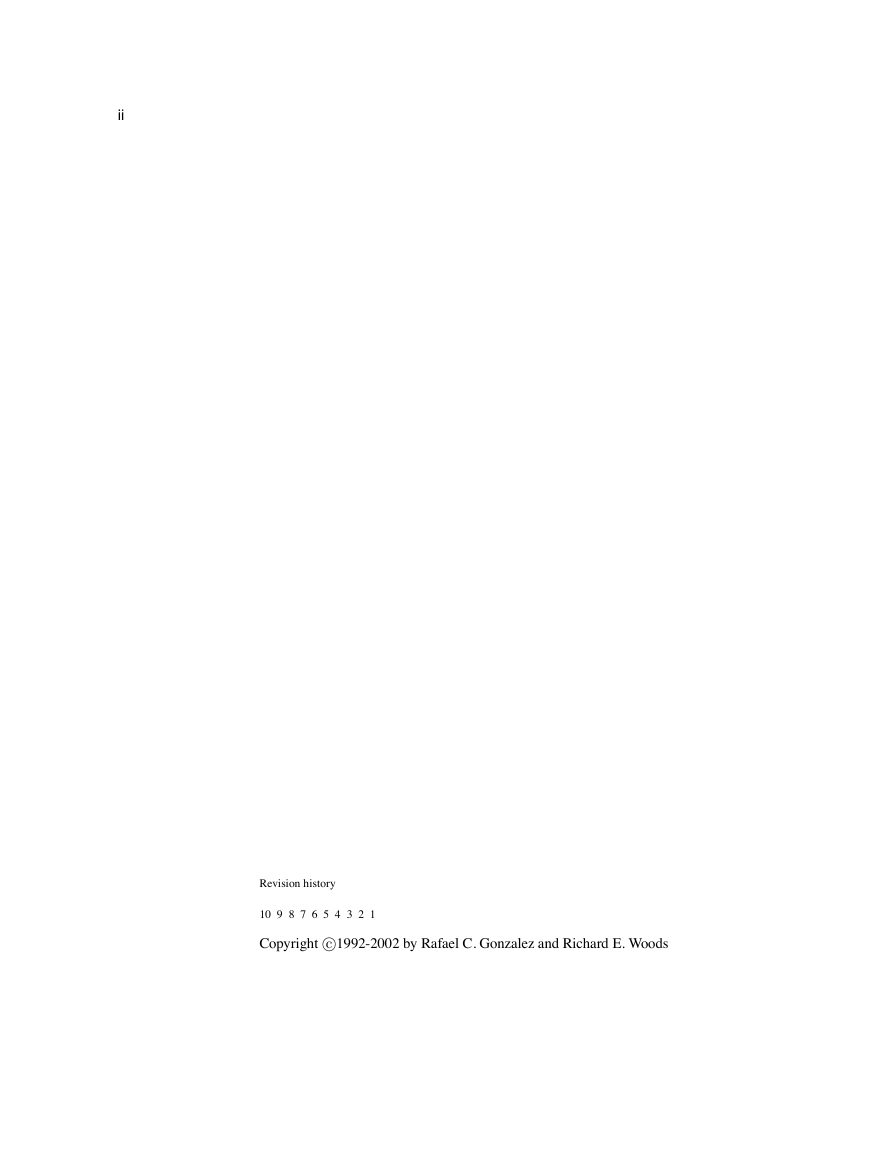
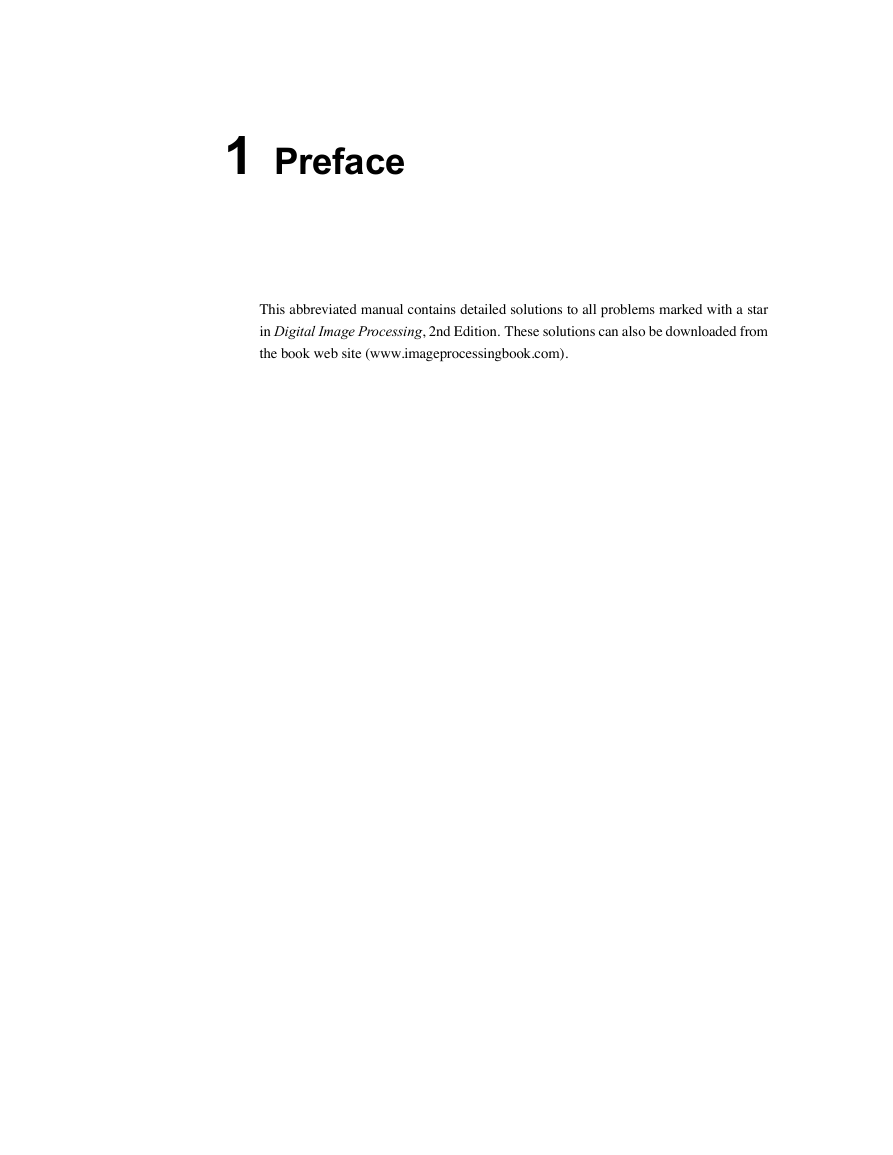

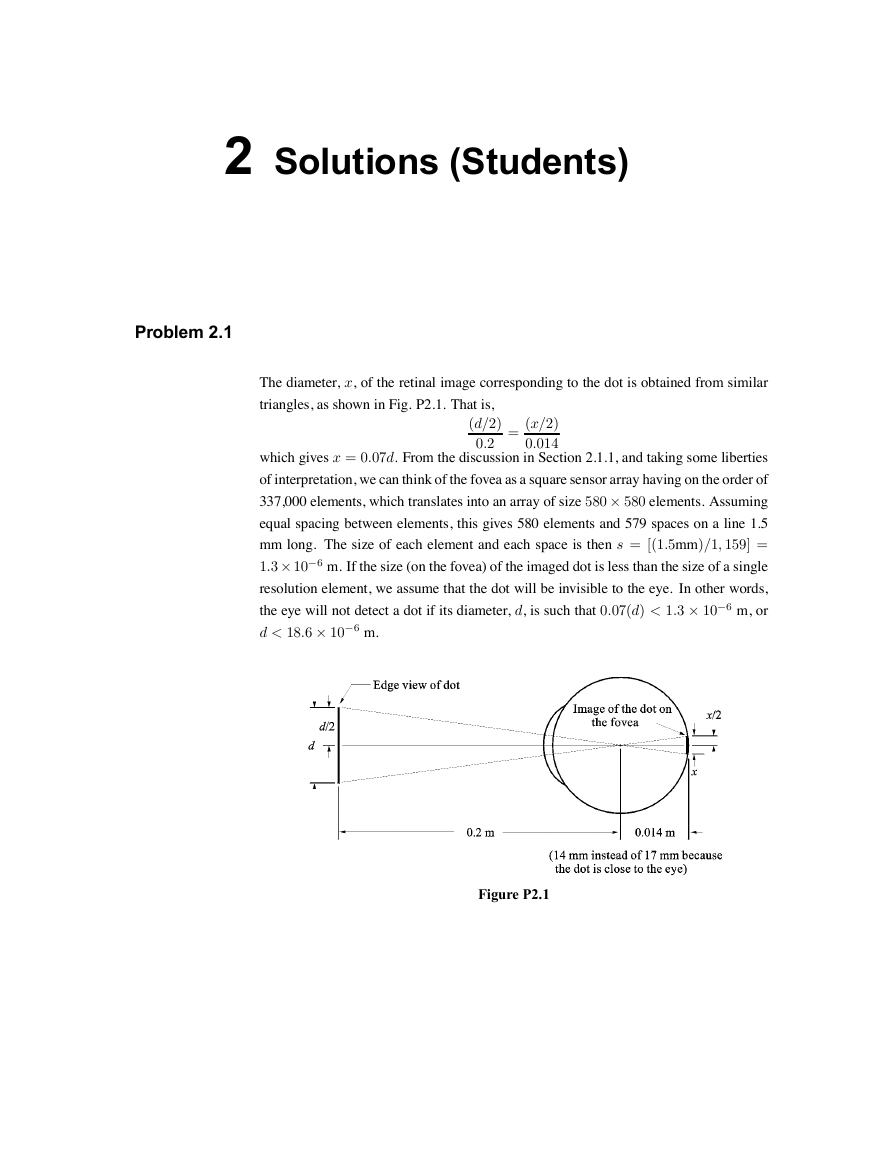
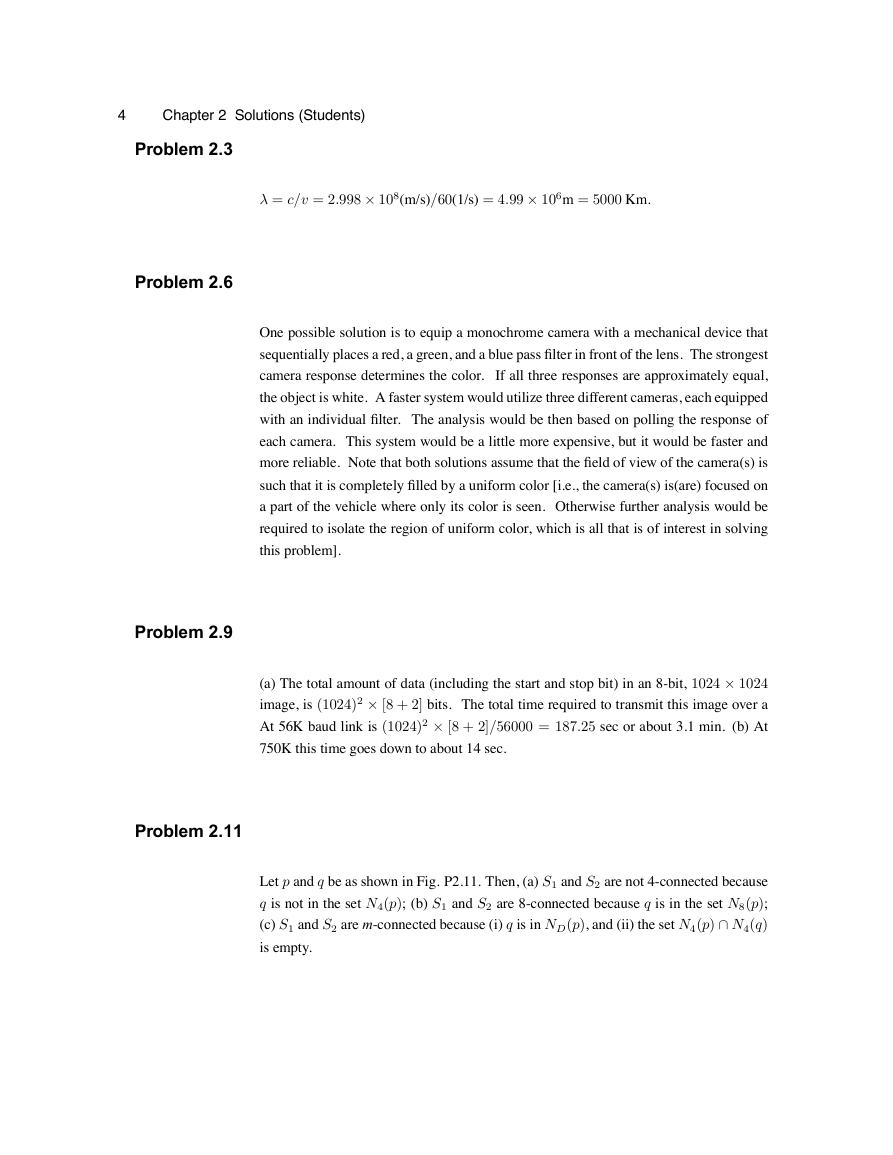








 2023年江西萍乡中考道德与法治真题及答案.doc
2023年江西萍乡中考道德与法治真题及答案.doc 2012年重庆南川中考生物真题及答案.doc
2012年重庆南川中考生物真题及答案.doc 2013年江西师范大学地理学综合及文艺理论基础考研真题.doc
2013年江西师范大学地理学综合及文艺理论基础考研真题.doc 2020年四川甘孜小升初语文真题及答案I卷.doc
2020年四川甘孜小升初语文真题及答案I卷.doc 2020年注册岩土工程师专业基础考试真题及答案.doc
2020年注册岩土工程师专业基础考试真题及答案.doc 2023-2024学年福建省厦门市九年级上学期数学月考试题及答案.doc
2023-2024学年福建省厦门市九年级上学期数学月考试题及答案.doc 2021-2022学年辽宁省沈阳市大东区九年级上学期语文期末试题及答案.doc
2021-2022学年辽宁省沈阳市大东区九年级上学期语文期末试题及答案.doc 2022-2023学年北京东城区初三第一学期物理期末试卷及答案.doc
2022-2023学年北京东城区初三第一学期物理期末试卷及答案.doc 2018上半年江西教师资格初中地理学科知识与教学能力真题及答案.doc
2018上半年江西教师资格初中地理学科知识与教学能力真题及答案.doc 2012年河北国家公务员申论考试真题及答案-省级.doc
2012年河北国家公务员申论考试真题及答案-省级.doc 2020-2021学年江苏省扬州市江都区邵樊片九年级上学期数学第一次质量检测试题及答案.doc
2020-2021学年江苏省扬州市江都区邵樊片九年级上学期数学第一次质量检测试题及答案.doc 2022下半年黑龙江教师资格证中学综合素质真题及答案.doc
2022下半年黑龙江教师资格证中学综合素质真题及答案.doc